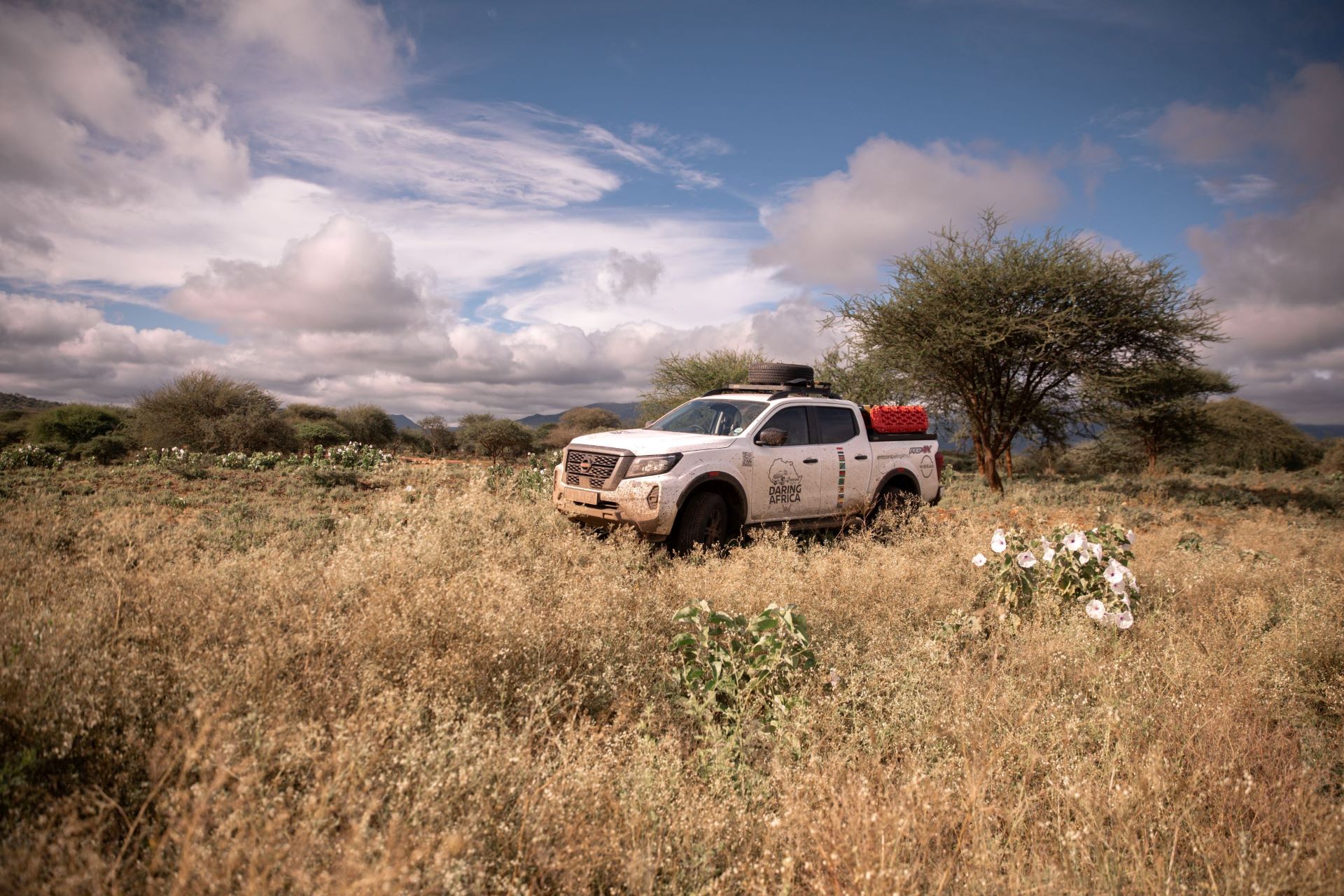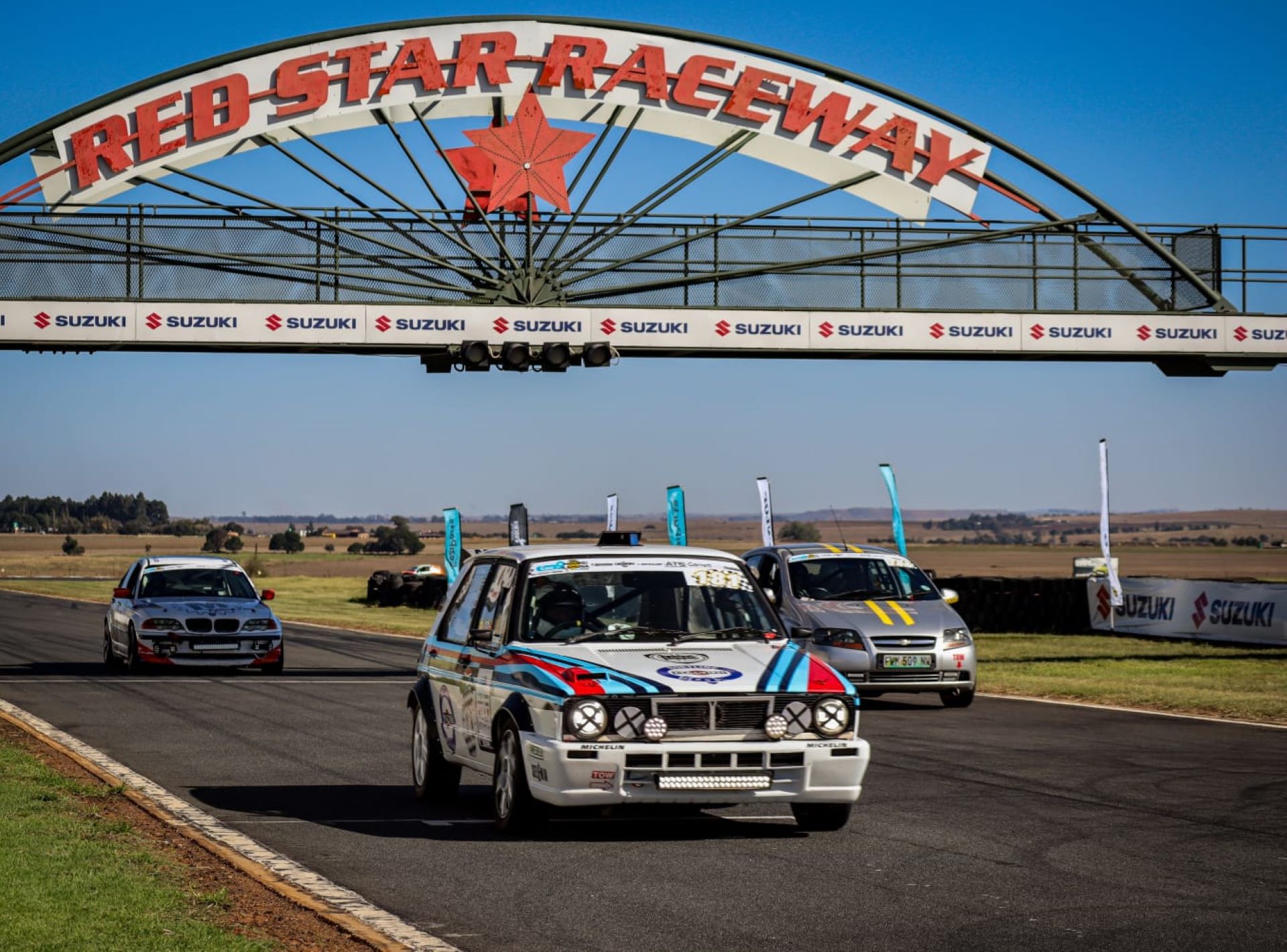Popular, practical H1 wagon offers power, fuel-economy with petrol and diesel engines
Hyundai’s H1 nine-seater luxury wagon has been a runaway success since its launch in March 2009 with its 2,4 litre petrol engine, and became even more popular with the introduction of this practical bus with a 2,5 litre turbodiesel in 2010.

The 2,5-litre common-rail unit fitted to this capacious carrier delivers 120 kW at 3 800 r/min. and 392 Nm at 2 000 r/min. and slots in above the 2,4-litre petrol model in the range. This highly refined and smooth-running diesel powerplant is available exclusively with a five-speed automatic transmission, ensuring a level of refinement not normally associated with the class.

Of all-aluminium construction, the engine has a 91 mm bore and a 96 mm stroke resulting in smooth operation from idle to redline, while the DOHC 16-valve cylinder head contributes to its exceptional fuel efficiency. The turbodiesel joins the 2,4 litre petrol engine in the H1 range that delivers 126 kW at 6 000 r/min. and 224 Nm at 4 200 r/min.
A look at the features and specifications list confirms the H1 2.5 VGTi’s upmarket positioning, with rear park distance control, alloy wheels, leather upholstery, air conditioner (along with four air vents and temperature and fan speed controls for rear occupants), and radio/CD with Auxiliary input all standard. This represents a package of comfort and convenience features unmatched by any of its rivals.

The H1 2.5 VGTi is aimed primarily at the hospitality industry – it is ideal for moving guests around in comfort and safety – but it is also to have appeal for old age homes, corporates, and finally for those with large broods who like to travel en mass.
Whatever the role, a genuine ability to carry eight people and their luggage over long distances (or nine if the ‘occasional’ seat between the driver and front passenger is deployed) is its key strength: it isn’t an MPV and therefore doesn’t suffer from that category’s universal shortcoming of having minimal luggage space once the rearmost seats are in use. Adding to its appeal in a working application is the 1 500 kg towing capacity of the two-pedal turbodiesel.
The volume of the H1’s geometric luggage compartment is an impressive 850 litres and indeed, it is an immensely practical vehicle, designed to be put to work on a daily basis. The rugged design is built around front-engined rear-drive architecture, dual sliding doors, a massive and upright tailgate, and a ‘semi-bonneted’ nose.
This layout allows for a substantial front crumple zone and in addition, the H1 has a series of reinforced ‘rings’ aligned with the key body pillars and linked with them across the floor and roof, and side impact protection beams in all four doors. An all-disc braking system with four-channel ABS and electronic control of the fore/aft distribution of hydraulic pressure ensure maximum retardation even when fully laden. Dual airbags and front seatbelts equipped with pre-tensioners are fitted.

When crash-tested by Australasian New Car Assessment Programme (ANCAP) the H1 achieved four out of a possible five stars – a rating which puts it right up near the front of the class.
Safety and space is what has made the H1 so successful since launch and to that the turbodiesel adds miserly fuel usage: in mixed driving, the bus is expected to use just 10,1 litres per 100 km, an excellent drag coefficient of just 0,34 contributing to this healthy figure. With an ability to cruise tirelessly as far as refinement and frugality goes, and the final ingredient needed to make it perfect as far as touring was concerned, was comfort.
To this end there’s a five-link, coil spring rear suspension system to go with front and rear track widths which are the widest in the class. Handling characteristics are car-like, with confidence-inspiring roadholding. Rack and pinion steering ensures crisp responses while hydraulic assistance reduces the effort required in tight situations. In fact, drivers will find the H-1 pleasingly easy to park and along with the generous glass area and substantial mirrors, there is of course the PDC system fitted to the rear bumper.
The H1 2.5 VGT is covered by Hyundai’s 5 year/150 000 km warranty and a 5 year/100 000 km service plan. Service intervals of 15 000 km contribute to low ownership costs and peace of mind. All this adds up to a vehicle which is perfect for business and families that like room to manoeuvre.


